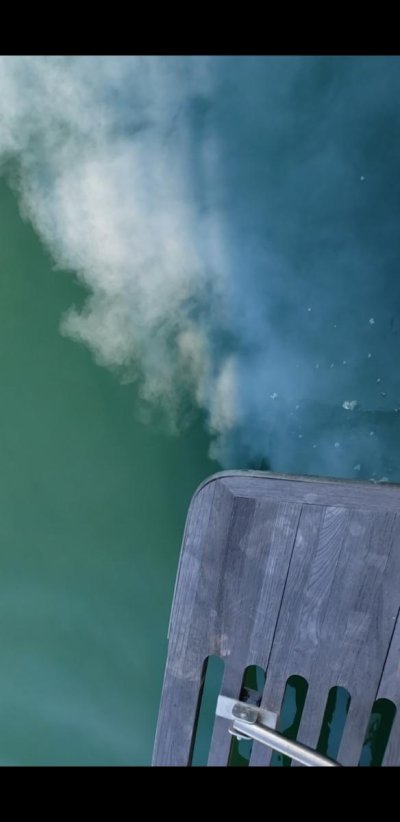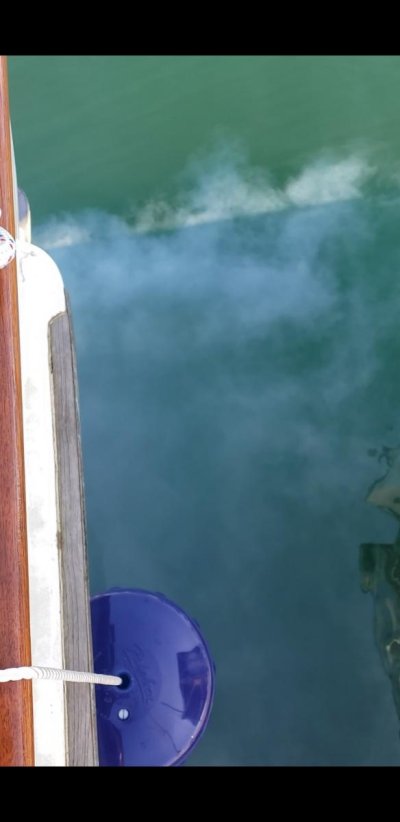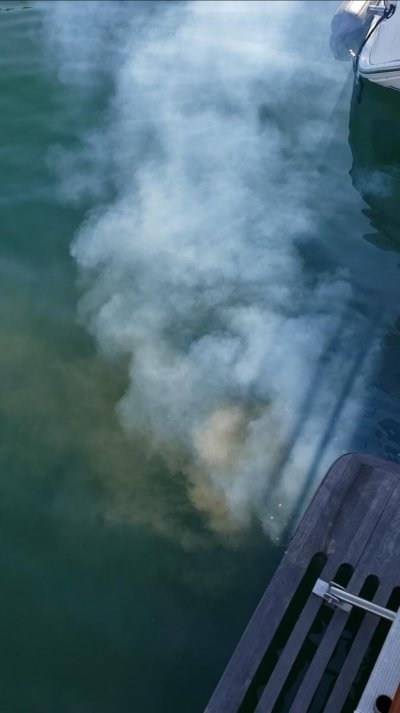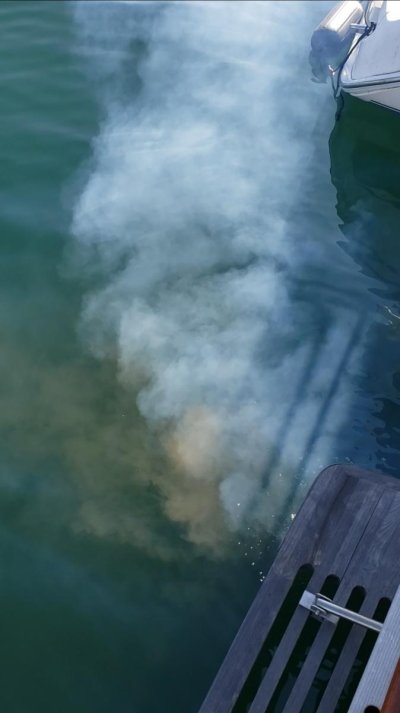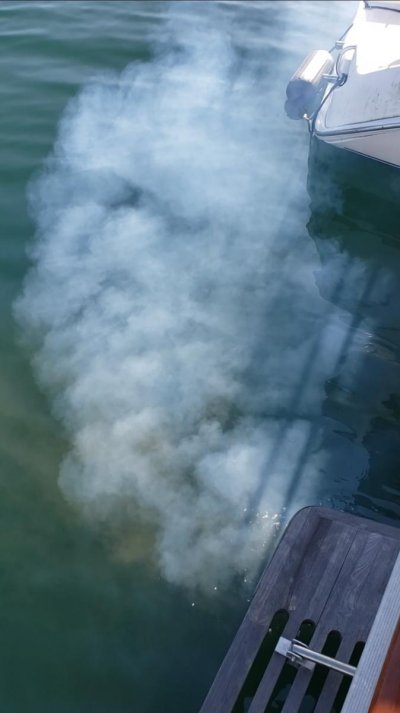Hi all, put an initial offer in on a boat with an '83 Perkins 63544 Range 4 120bhp engine. It's naturally aspirated but has the same manicooler as the turbo range 4's. Would appreciate any feedback on the following observations made during seatrial.
Boat is claimed to have ~500 hours (1983 model) and mostly kept in fresh water (Seattle area). Boat currently has been sitting in salt water with the new buyer who bought the boat only a few months ago and decided to go back to a faster boat. Boat does seem used very lightly at least cosmetically.
For the seatrial, at start, the engine blew excessive amount of smoke with a clear hint of blue, outside temperature 56 degrees on a sunny day in the pacific northwest. Warmed the engine for about 3-4 minutes while checking around the engine, then went under way warming engine up at outside the no-wake zone, then gradually to 1600 rpm and 175 degrees. As the boat came to operating temperature, the smoke blew less, but still quite visible to the naked eye. Checked temperature with an infrared gun at every 200rpm:
-1600 @175 degrees
-1800 @179
-2000 @184
-2200 @187
-2500 @190-191
WOT in neutral went to 3100rpm, but in gear went max 2550rpm, and didn't stay WOT more than about 90 seconds to 2 mins as temperature started going past 190. Once back down to cruising rpm, temperature normalized back to around 175. The amount of smoke blowing out of exhaust was about the same, still quite visible, at higher rpm and temperature. If the engine had wear, I would have thought the oil would burn more and blow more blue smoke as I went to WOT, but it was pretty steady, much less than at cold start but still visible. I didn't have any pictures but I would say comparable to the amount coming out in this youtube video by another TF member:
Is it possible that the engine has sat for too long without use, even if it was in fresh water, and is causing these effects? I appreciate any feedback. Thank you.
Boat is claimed to have ~500 hours (1983 model) and mostly kept in fresh water (Seattle area). Boat currently has been sitting in salt water with the new buyer who bought the boat only a few months ago and decided to go back to a faster boat. Boat does seem used very lightly at least cosmetically.
For the seatrial, at start, the engine blew excessive amount of smoke with a clear hint of blue, outside temperature 56 degrees on a sunny day in the pacific northwest. Warmed the engine for about 3-4 minutes while checking around the engine, then went under way warming engine up at outside the no-wake zone, then gradually to 1600 rpm and 175 degrees. As the boat came to operating temperature, the smoke blew less, but still quite visible to the naked eye. Checked temperature with an infrared gun at every 200rpm:
-1600 @175 degrees
-1800 @179
-2000 @184
-2200 @187
-2500 @190-191
WOT in neutral went to 3100rpm, but in gear went max 2550rpm, and didn't stay WOT more than about 90 seconds to 2 mins as temperature started going past 190. Once back down to cruising rpm, temperature normalized back to around 175. The amount of smoke blowing out of exhaust was about the same, still quite visible, at higher rpm and temperature. If the engine had wear, I would have thought the oil would burn more and blow more blue smoke as I went to WOT, but it was pretty steady, much less than at cold start but still visible. I didn't have any pictures but I would say comparable to the amount coming out in this youtube video by another TF member:
Is it possible that the engine has sat for too long without use, even if it was in fresh water, and is causing these effects? I appreciate any feedback. Thank you.


